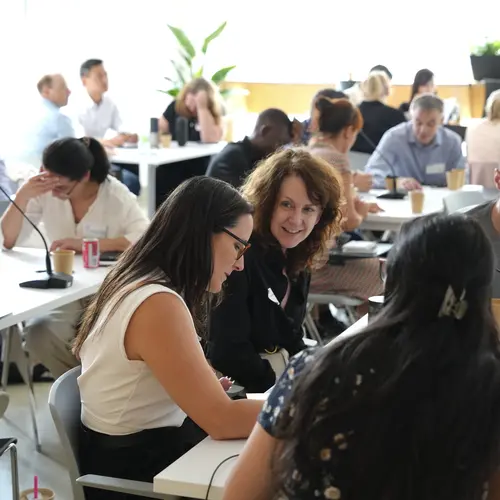Jiayi Wang
Sweta Agrawal
Ricardo Rei
Eleftheria Briakou
Marine Carpuat
Marek Masiak
Xuanli He
Sofia Bourhim
Andiswa Bukula
Muhidin A. Mohamed
Temitayo Olatoye
Hamam Mokayed
Christine Mwase
Wangui Kimotho
Foutse Yuehgoh
Aremu Anuoluwapo
Shamsuddeen Hassan Muhammad
Abdul-Hakeem Omotayo
Chiamaka Ijeoma Chukwuneke
Perez Ogayo
Oumaima Hourrane
Salma El Anigri
Lolwethu Ndolela
Thabiso Mangwana
Shafie Abdi Mohamed
Ayinde Hassan
Oluwabusayo Olufunke Awoyomi
Lama Alkhaled
sana Sabah al-azzawi
Naome Etori
Millicent Ochieng
Clemencia Siro
Samuel Njoroge
Eric Muchiri
Wangari Kimotho
Lyse Naomi Wamba
Daud Abolade
Simbiat Ajao
Tosin Adewumi
Iyanuoluwa Shode
Ricky Macharm
Ruqayya Nasir Iro
Saheed Salahudeen Abdullahi
Stephen Moore
Bernard Opoku
Zainab Akinjobi
Abeeb Afolabi
Nnaemeka Casmir Obiefuna
Onyekachi Ogbu
Sam Brian
Verrah Akinyi Otiende
CHINEDU EMMANUEL MBONU
Toadoum Sari Sakayo
Pontus Stenetorp



